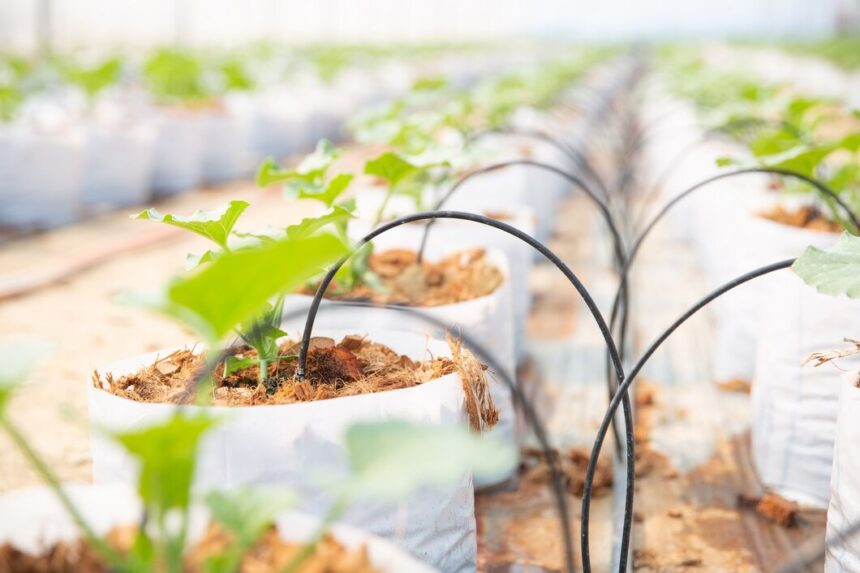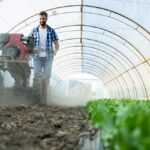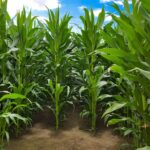South Africa, known for its diverse agricultural landscape, often faces challenges from recurring drought conditions. These periods of water scarcity can significantly impact crop yields and livestock health, posing serious threats to the livelihoods of farmers across the country. To mitigate these challenges, farmers can adopt various techniques and strategies tailored to manage drought conditions effectively. Here are ten essential techniques:
- Water Harvesting Systems: Implementing water harvesting systems such as rainwater collection tanks, check dams, and contour bunds can help capture and store rainwater during periods of rainfall. This stored water can then be used during dry spells to irrigate crops and provide drinking water for livestock.
- Drought-Resistant Crop Varieties: Selecting and planting drought-resistant crop varieties that are well-suited to South Africa’s climatic conditions can minimize water requirements while maintaining productivity. Examples include drought-tolerant maize, sorghum, and certain varieties of beans and vegetables.
- Precision Irrigation Techniques: Adopting precision irrigation techniques such as drip irrigation and micro-sprinklers ensures that water is delivered directly to the roots of plants, minimizing wastage and maximizing efficiency.
- Soil Moisture Monitoring: Utilizing soil moisture monitoring tools and techniques allows farmers to accurately assess soil moisture levels. This data helps in determining optimal irrigation schedules and prevents both under-watering and over-watering of crops.
- Mulching: Applying organic mulch (such as straw, grass clippings, or compost) to the soil surface helps reduce evaporation, retain soil moisture, and suppress weed growth. Mulching also improves soil structure and fertility over time.
- Crop Rotation and Diversification: Practicing crop rotation and diversification can improve soil health and resilience to drought. Alternating between different crop types helps break pest cycles and reduces the overall water demand on the land.
- Livestock Management Strategies: Implementing effective livestock management strategies during drought periods is crucial. This includes adjusting grazing patterns, providing supplemental feed, and ensuring access to clean drinking water sources.
- Improved Water Management Practices: Promoting efficient water management practices on farms, such as fixing leaks, maintaining irrigation equipment, and scheduling irrigation during off-peak times, reduces water wastage and optimizes usage.
- Agroforestry and Windbreaks: Integrating agroforestry practices and establishing windbreaks with drought-resistant tree species can help reduce wind erosion, conserve soil moisture, and provide additional sources of income through timber and fruit production.
- Government Support and Insurance: Accessing government support programs and agricultural insurance schemes tailored to drought-prone regions provides financial safety nets for farmers during severe drought events, helping them recover and rebuild after losses.
In conclusion, managing drought conditions requires a proactive approach that combines sustainable farming practices, technological innovations, and community support. By adopting these ten techniques, South African farmers can enhance their resilience to droughts, safeguard their agricultural productivity, and sustainably manage natural resources for future generations.








